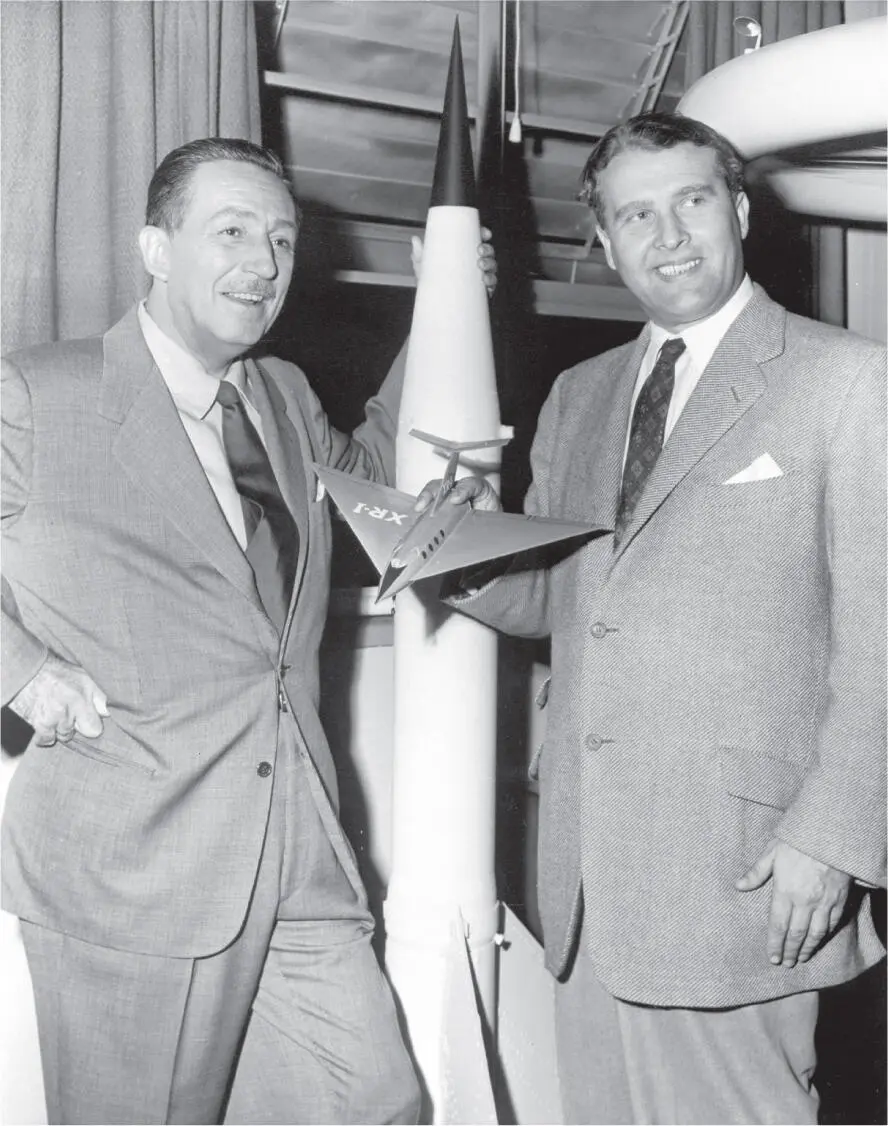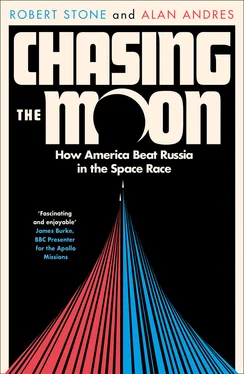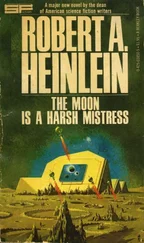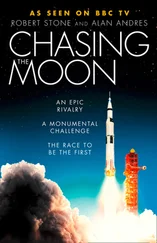Prior to coming to the United States, Clarke had never met any black people. He stayed with Macaulay again in Atlanta the following year, and during his return visit he was at work on the final pages of his novel Childhood’s End. In the book’s conclusion, an adventurous scientist named Jan Rodricks is selected by representatives of an advanced extraterrestrial civilization to witness the transformation of the human race into a higher form of life: a collective cosmic entity. Clarke’s decision to make Rodricks—his fictional representative of all mankind and “the last person on Earth”—an astronomer of black African descent was a bold and politically provocative choice for 1953.
Since reading a short story about a sympathetic alien in a 1934 issue of Wonder Stories, Clarke had been fascinated by science fiction’s potential to evoke empathy for alien characters and convey to readers the viewpoint and values of those from other cultures. During its formative decades, the genre’s predominantly male readership was hungry for escape from the mainstream culture and curious about emerging technologies and new ideas. Many science-fiction readers were intelligent yet socially marginalized in some way due to a variety of reasons, such as ethnicity, sexuality, religion, or race. Plus, conventional society’s habit of ostracizing and calling those with an interest in technical or intellectual subjects “nerds” or “eggheads” was familiar to a sizable segment of the genre’s readership. Not surprisingly, therefore, science-fiction readers often identified with the alien.
By the early 1950s, some science-fiction authors had begun using mass-market paperbacks as a literary vehicle to subtly question conventional attitudes about race and sexuality. The cover illustration on a 1952 book of short stories by Robert Heinlein featured the first visual depiction of a black astronaut, even though no such character was specifically described within the book, and publishers’ sales directors at the time expressly asked illustrators not to include African Americans on book covers, since it was assumed this would hinder sales south of the Mason–Dixon Line. A year later Weird Fantasy, a science-fiction comic book, published an allegory on American segregation in a story about an emerging civilization on a planet where orange robots are accorded privilege over the less entitled blue robots. In the story’s kicker ending, the space-suited emissary, who sits in judgment of the planet and denies its application for admission to a galactic republic, is revealed to be a black astronaut.
Robert Heinlein, who had also challenged social preconceptions about masculinity and femininity, wrote Tunnel in the Sky in 1955. In the young-adult novel, the race of the central protagonist is not overtly defined, but there are hints that he is black. Heinlein confessed that he used this literary device in an attempt to disarm his white readers, hoping that in the course of the narrative they would gradually come to realize the protagonist’s race after feeling empathy and identifying with him.
Writing in an essay for The New York Times shortly after his visit to Atlanta, Clarke addressed this issue as part of a larger defense of science fiction as literature. “Interplanetary xenophobia [in earlier science fiction] has given place to the idea that alien forms of life would have as much right to their points of view as we have. Such an attitude … can obviously help spread the idea of tolerance here on Earth (where heaven knows it’s needed).”
THE SUMMER THAT Arthur Clarke returned to the United States and was finishing the manuscript of Childhood’s End, he finally met Wernher von Braun, when both were guests at the Washington, D.C., home of the American Rocket Society’s president. In a lengthy diversion from a dinner conversation about humanity’s future in space, Clarke described his love of scuba diving and explained that it was an effective way to simulate the experience of being weightless in space. He then vigorously urged von Braun to take up the sport for the same reason, which von Braun did only a few weeks later, remaining an active diver for most of his life.
Even while overseeing the development of the Redstone rocket and working on a top-secret plan to quickly and inexpensively launch the first satellite into orbit, code-named Project Orbiter, von Braun continued his public advocacy for human spaceflight. An unexpected opportunity arose directly as a result of the Collier’s publications, just as the magazine released its eighth and final space-themed issue, featuring a description of the first human voyage to Mars. In early 1954, Hollywood came calling, in the person of Walt Disney, who was interested in producing a series of well-financed hour-long documentary films based on the magazine series. Disney was in the midst of creating a new prime-time TV program, Disneyland, which would mix recycled older content and new programming in order to promote another new venture, his California theme park, scheduled to open in 1955.
At the suggestion of one of his top animators, Ward Kimball, Disney approved three space-related “Tomorrowland” episodes adapted from Collier’s articles. The first episode, “Man in Space,” had Ley, von Braun, and Heinz Haber discussing rocketry history, orbital science, and the physical challenges facing humans during spaceflight, before concluding with an animated look into the near future as humans first entered space. Disney’s choice to feature three onscreen experts with distinctive German accents became an issue of concern within the studio prior to filming, until it was deemed that their authenticity was more valuable than any possible negative associations. The history portion of the program included World War II–era footage of V-2 launches, yet there was no mention of Nazi Germany’s part in rocket development; the V-2 was merely referred to reverently as “the forerunner of spaceships to come.” Among the featured experts, it was von Braun who commanded the viewer’s attention. Looking into the camera, he confidently asserted, “If we were to start today on an organized and well-supported space program, I believe a practical passenger rocket can be built and tested within ten years.”

© NASA/Marshall Space Flight Center
Walt Disney and Wernher von Braun in 1955 collaborating on “Man in Space,” one of three space exploration–themed episodes broadcast on Disney’s weekly television series in the 1950s. The programs were seen in more than a third of American households, including the White House, where President Dwight Eisenhower tuned in.
“Man in Space” premiered in the spring of 1955. Forty million households—more than a third of the American viewing public—watched the broadcast on their black-and-white televisions. Polling conducted that year revealed that nearly 40 percent of Americans believed “men in rockets will be able to reach the Moon” before the end of the century, a figure that had more than doubled in six years. Once again, von Braun’s space advocacy had political repercussions. One viewer who saw “Man in Space” lived at 1600 Pennsylvania Avenue, and after the broadcast Disney received a request from the Eisenhower White House for the loan of an exhibition print of the program so that it could be screened for Pentagon officials.
In nearly all of his entertainment, Disney promoted commonly accepted traditional American values. Though he kept his personal political attitudes out of the spotlight, Disney’s were conservative and anti-communist. Von Braun’s association with Disney therefore subtly bestowed an imprimatur of American respectability on the former official of the Third Reich. And in a final act of assimilation, a month after “Man in Space” aired, von Braun and more than one hundred other Germans working at the Redstone Arsenal in Huntsville appeared in a newsreel taking an oath of allegiance as they became U.S. citizens.
Читать дальше













